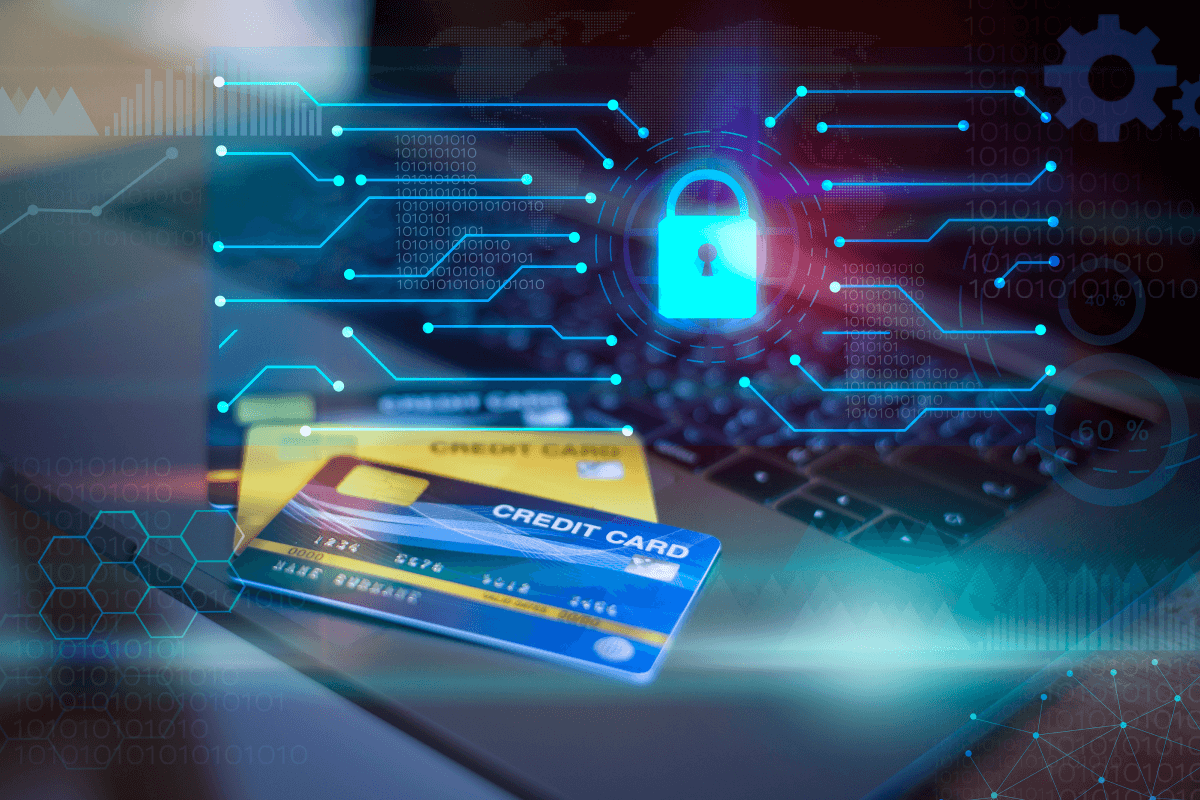Each one of us has heard about hackers looting money from the bank accounts of users, yet we turn a blind eye towards this and proceed to use online platforms for financial transactions.
Digital Banking is in the fast lane, with evolving tech, consumers are finding it easier to carry out transactions online. Almost all banking-related tasks, big or small are a few clicks away for customers, and responding to this change banks are trying to make their platforms more and more user-friendly for their customers.
With lockdown restrictions halting normal banking activity, digital banking has enabled the functioning of financial operations, even in the face of a Pandemic.
While online banking unlocks several frontiers for the users, it also invites unwanted attention from cybercriminals. There isn’t a lot of difference between a burglar and a hacker, the latter is just more target-oriented. Digital banking is a double-edged sword but predominantly exposed on the customer’s side. While this may be unsettling to hear, it’s best to be mindful that all that glitters is not gold, similarly, there are drawbacks to online banking which make the customer and the monetary institutions vulnerable to cyber attacks.
Some of the common attacks are
Phishing
Phishing is a type of fraud that is carried out through social networking like email. These emails are rigged with malicious content or attachment when opened can endanger the sensitive data on your devices. Deceptive phishing is another popular method of cyber invasion, in which links are placed by criminals, usually in emails. When triggered can bypass your gadgets’ security firewalls.
Identity theft
In identity theft, a person’s personal information is used to commit financial fraud. While identity theft isn’t limited to being an online attack, as there are several ways your personal data can be obtained by criminals, it is still a very common form of cyber attack.
Keylogging
Poorly safeguarded networks are sitting ducks for hackers. Public networks, weak hotspots, or WiFi in cafes can be some of them. Keylogging involves software that mimics your keystrokes to obtain your safety credentials.
Pharming
Pharming is the process of redirecting users to bogus websites that look exactly like real banking websites. Pharming is carried out by damaging the DNS services on a computer by a malicious code called DNS cache poisoning. Several websites require your credentials, this is mirrored by pharming websites as well, to capture customer’s sensitive information.
Banking websites and platforms are a daily target for hackers, while this news could be discouraging, banks are equally good at stepping up to these problems. The industry is becoming more aware of the risks and is in a relentless pursuit of improving its security systems. This starts with the people, the bank employees, and its customers forming the first line of defense. Employees need to be trained to address in case of an emergency, with a contingency plan of action. As far as customers are concerned, they can adopt certain measures themselves such as multi-factor authentication, Time based OTP, etc. Banks should take it upon themselves to educate the customers regarding the persisting threats. Knowledge and awareness can protect bank and customer interests.
